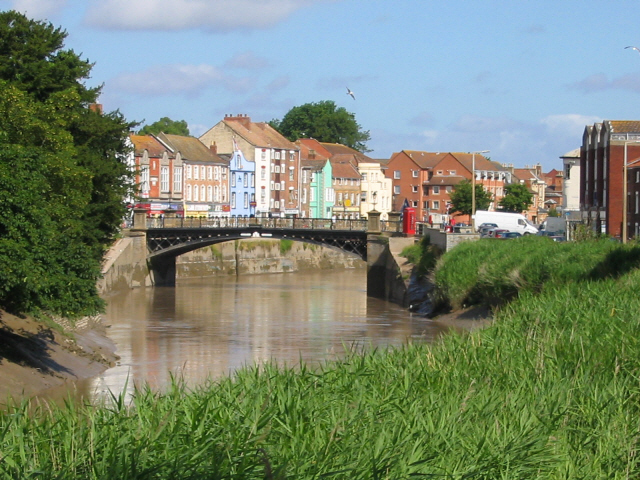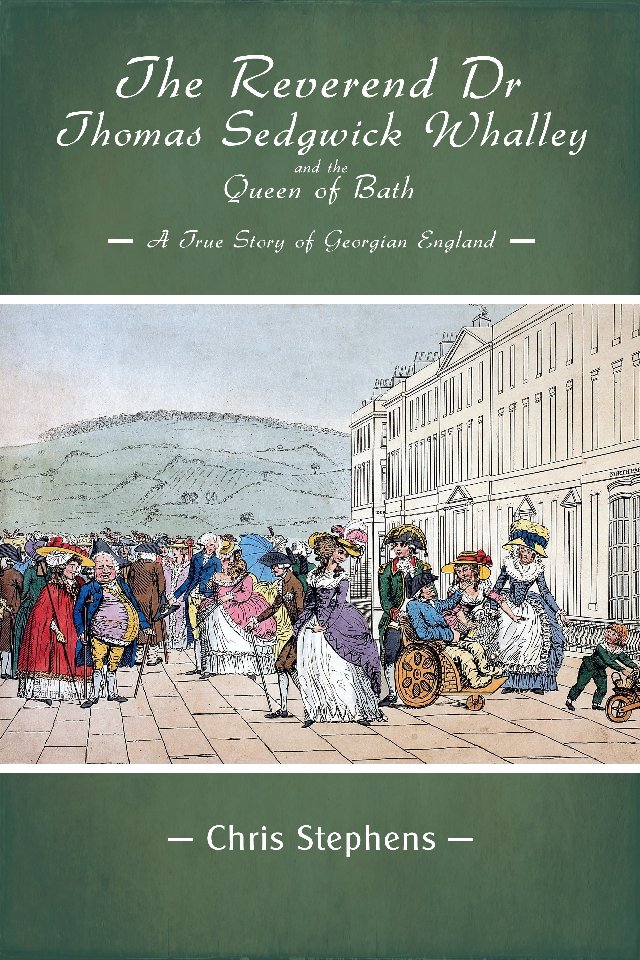John Church Dempsey found his way on to my radar as we have previously looked at a couple of his paintings, ‘Black Charley‘ and ‘Jemmy, The Rockman‘ and so, I wanted to find out a little more about his life.
John was baptised in 1802 at the non-conformist chapel in Walcot, Bath, to parents Edward and his wife, Martha. Edward was possibly the master of St. Michael’s Poorhouse, in Bath, who died in 1826 from apoplexy, but further proof is needed to confirm this at present. According to baptism records, John appears to have been an only child and possibly born later in their marriage.
In 1819 at Bedminster, Somerset there is a curious marriage entry for a John Church Dempsey to a Hagar Maber. If this was his marriage and there’s no reason to doubt it, then he married at a mere 17 years old. There is no sign of his bride after their marriage, nor any evidence of her demise so far, so quite how long this marriage lasted remains unknown.

Two years after this marriage John was advertising his services as a portrait painter in the Bath Chronicle of 13 December 1821, the property still exists as you can see from above. Given that he was a mere 19-years-old, it seems highly unlikely that he had received any formal training as an artist, so perhaps just a natural talent for capturing likenesses.
And this one just a couple of days later.
Quite how much time John spent living in Bath seems unclear, as his paintings seem to show that during the 1820’s he travelled all around the country from north to south and east to west, over a period of just two years, during which time he painted at least 51 paintings of some fascinating characters, perhaps he thought he would achieve more by painting ‘ordinary people’ rather than the great and the good who lived Bath to take the waters and socialise.
He then seems to vanish for a number of years, reappearing in 1841 in the St James’s district of Bristol where he continued to work as an artist and was living with someone by the name of Sarah. It seems unclear as to who this Sarah was, but she was about 7 years his junior and not from the county. The 1841 census was a little vague on information so it was impossible to tell who this woman was at that stage.

However, three years later John married for a second time, interestingly his new wife was Sarah Neal Muirhead, the widow of Alexander Muirhead of Alverstoke near Fareham, Hampshire. John and Sarah married at nearby Portsea, so it seems feasible that his new wife was the one named on the 1841 census and perhaps it just took them a while to make their relationship legal.
Their marriage entry confirmed that John was also a widow and that his father, Edward, was a gentleman, as was John. John has been described as a semi-itinerant, quite how that description befits a gentleman I’m not quite sure.

In 1845, not only was John an artist but both he and Sarah were running a stationery shop and from there they were not only selling art-related material but also dealing in pictures, lamps and chandeliers.
This diversion from his art was perhaps due to lack of funds as the following year he was declared a bankrupt. The couple moved from their home to one on Barr’s Street, Bristol sometime after this where John was to continue working as an artist, but also interestingly, took on an additional role as a tin plate worker.
By the 1860s clearly, John was aware of the progression of the medium of photography and this fairly new technology was one that John was to embrace as he described himself as a ‘photograph artist’ on the 1861 census.
![Dempsey, John Church, fl 1820s-1870s :Rev John H Bumby, late General Superintendant of Wesleyan Missions in New Zealand. Published by J Dempsey, Artist, Gallery of Likenesses, Lower Arcade, Bristol [ca. 1840]](https://georgianera.files.wordpress.com/2020/04/john-church-dempsey-rev-john-h-bumby-c1840-wood-engraving-meisterdrucke-365275.jpg?w=640)
There are still many of his paintings in the collection which need to have their stories told … maybe one day they’ll all be clearly identified.

Sources
Bath Chronicle and Weekly Gazette 7 December 1826
Births, Marriages and Death registers
Featured Image
‘The Singing Minstrel’, Billy Button (b.c.1778–1838). John Church Dempsey (1802–1877) Bristol Museum & Art Gallery

















































